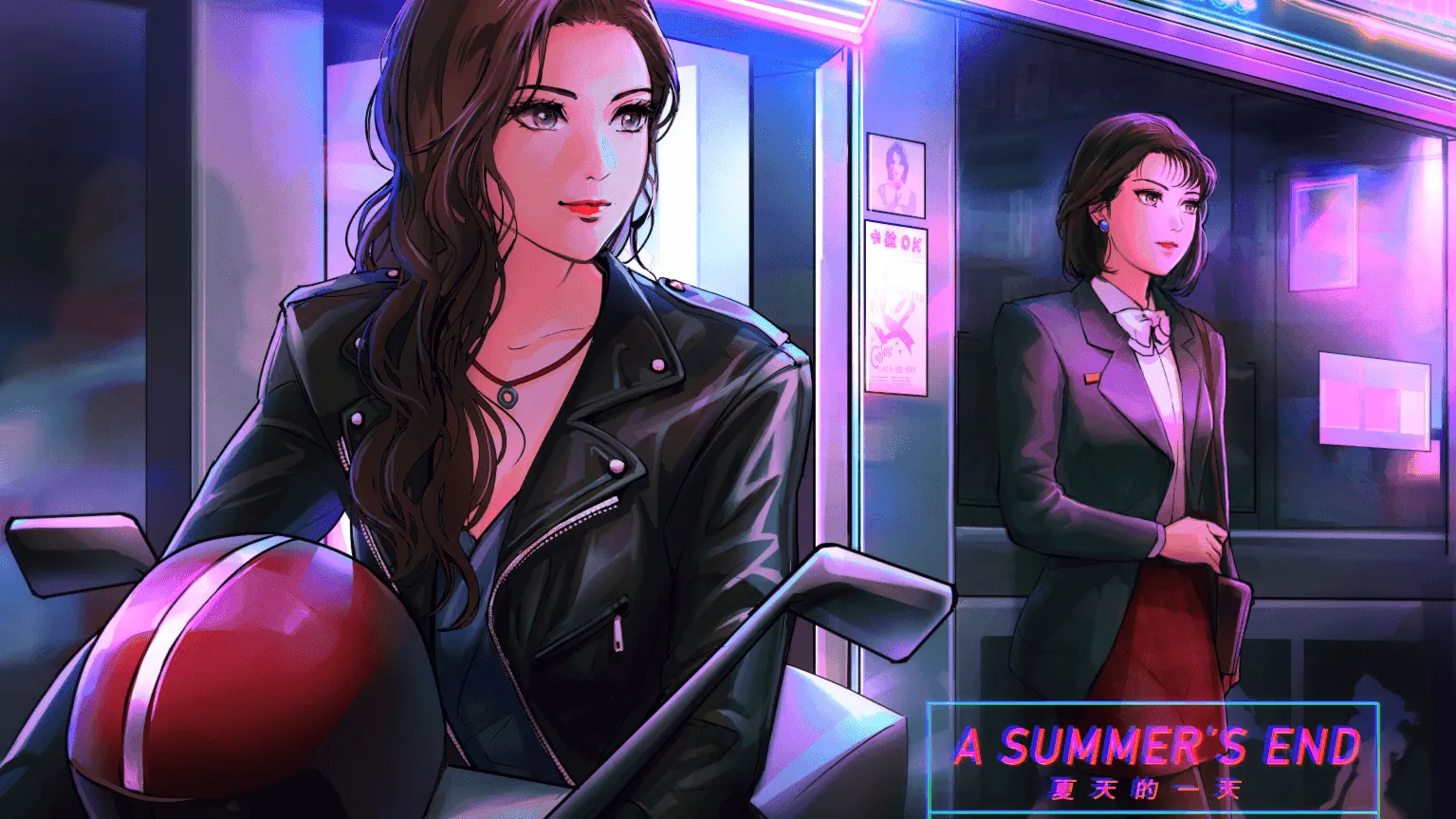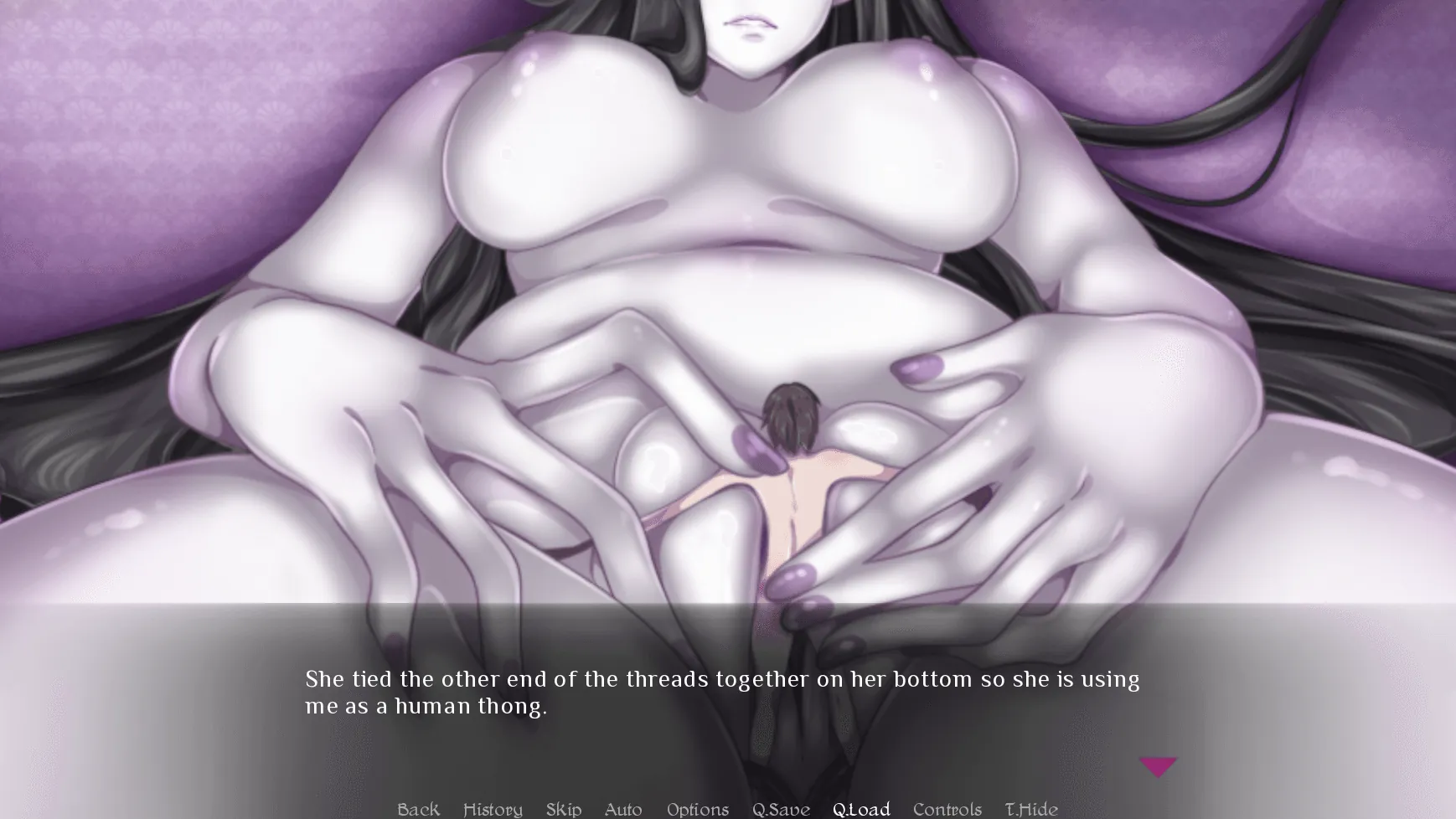
A Summer’s End – Hong Kong, 1986
Play A Summer’s End – Hong Kong, 1986
A Summer’s End – Hong Kong, 1986 review
Exploring the Story, Characters, and Unique Setting of This Retro Romance Game
A Summer’s End – Hong Kong, 1986 is a captivating visual novel that immerses players in a nostalgic, richly detailed 1980s Hong Kong. Centered on the evolving relationship between Michelle, a young office worker, and Sam, a home video store owner, the game offers a heartfelt narrative about love, identity, and cultural dynamics. This article dives deep into the game’s storytelling, characters, and artistic influences, providing insights for fans and newcomers alike.
Unpacking the Story and Themes of A Summer’s End – Hong Kong, 1986
Let’s be honest—we’ve all played those romance games where the dialogue feels like it was written by a robot and the characters fall in love because the plot says so. 😴 I was totally fed up with those shallow experiences, until I stumbled upon A Summer’s End – Hong Kong, 1986. This isn’t just another visual novel romance; it’s a heartfelt journey into a specific time and place, with characters who feel so real you’ll forget you’re playing a game. The A Summer’s End story completely redefines what emotional storytelling in games can achieve, blending personal growth, cultural tension, and a tender, genuine connection between two women.
What struck me immediately was how the Hong Kong 1986 setting isn’t just a backdrop—it’s a living, breathing character in its own right. This game does more than tell a love story; it immerses you in a pivotal moment in history, making you feel the heat of the summer, the weight of societal expectations, and the thrill of a forbidden connection. If you’re looking for a queer love story game with depth, authenticity, and a ton of heart, you’ve found it.
Who Are Michelle and Sam? Exploring the Main Characters
At the core of this experience are the Michelle and Sam characters, two women whose paths cross by chance but whose lives become deeply intertwined. 🎭 Michelle is a conservative, traditional office worker who lives with her mother and follows a very predictable, safe routine. She represents the old guard—the weight of filial duty and societal conformity. Sam, on the other hand, is everything Michelle isn’t: a free-spirited, independent woman who runs a video rental store, embraces Western pop culture, and lives life on her own terms.
Their contrasting personalities create a dynamic that feels incredibly authentic. Michelle’s initial reluctance and internal conflict are palpable—you feel her anxiety, her fear of stepping outside the lines society has drawn for her. Sam’s confidence and openness, meanwhile, act as a catalyst for Michelle’s transformation. Watching their relationship develop isn’t just about romance; it’s about two people helping each other grow. Michelle learns to embrace her desires and identity, while Sam discovers a new layer of vulnerability and emotional depth.
The game’s exploration of identity in A Summer’s End is deeply tied to these two characters. It’s not just about who they are as individuals, but who they become when they allow themselves to be truly seen by each other.
Here’s a closer look at what makes these two so special:
| Character | Key Traits | Background & Role |
|---|---|---|
| Michelle | Reserved, dutiful, introspective, conflicted | A office worker from a traditional family; represents the struggle between personal desire and societal expectation. Her journey is one of self-acceptance. |
| Sam | Confident, independent, charismatic, nurturing | Owner of a VHS rental store; embodies the modern, cosmopolitan influence of the West. She acts as Michelle’s guide to a freer way of life. |
How Does the Game Portray 1980s Hong Kong Culture?
You can’t talk about A Summer’s End – Hong Kong, 1986 without diving headfirst into its incredible atmosphere. The game is a love letter to a Hong Kong caught between its colonial past and an uncertain future. 🇭🇰✨ The attention to detail in capturing 1980s Hong Kong culture is nothing short of remarkable. From the neon-drenched streets and bustling night markets to the fashion and the music, every pixel feels meticulously crafted.
This was a time of massive cultural shift. Western media was flooding in, bringing with it new ideas about fashion, music, and personal freedom. The game mirrors this perfectly. You see it in Sam’s video store, stocked with Hollywood blockbusters, and in the synth-pop soundtrack that pulses through the scenes. Yet, it also doesn’t shy away from the traditional values that still held a powerful sway over family life and social conduct. This tension is the engine of the story. Michelle’s fear of her family’s and colleagues’ judgment is a direct reflection of the conservative social fabric of the time.
The game uses these cultural details not as set dressing, but as active obstacles and catalysts for the characters’ growth.
It’s this rich, authentic portrayal that makes the Hong Kong 1986 setting so impactful. You understand the world these characters inhabit—you feel the humidity, hear the cacophony of the city, and understand the unspoken rules they are risking everything to break. This isn’t a generic romance; it’s a story that could only happen in this specific place and time.
What Makes the Romance in the Game Unique?
So, what sets this visual novel romance apart from all the others? In a word: authenticity. ❤️🔥 This isn’t a story about love at first sight or grand, unrealistic gestures. It’s a slow, delicate, and sometimes painful dance between two people who are discovering themselves as much as they are discovering each other. The game avoids every tired trope, focusing instead on quiet moments, meaningful conversations, and the palpable tension of something left unsaid.
The core of its uniqueness is its focus on identity in A Summer’s End. The romance is inextricably linked to Michelle’s journey of self-discovery. Her relationship with Sam forces her to confront who she is and who she wants to be, outside of her family’s expectations. This is a queer love story game that understands the personal is political—their love isn’t just a personal affair; it’s an act of defiance in a world that isn’t ready to accept it.
Consider a scene where Michelle and Sam share a simple meal after a long day. 🍜 There’s no dramatic confession or orchestral swell. Instead, the dialogue is layered with subtext—awkward pauses, shy glances, and a conversation that slowly chips away at the walls Michelle has built around herself. It’s in these moments that the game’s emotional depth truly shines. You’re not just told they are falling in love; you feel it happening, beat by nervous beat.
The game’s mechanics serve this storytelling perfectly. Your choices aren’t about picking the “right” dialogue option to win affection points; they’re about guiding Michelle’s internal moral compass. Will she choose the safe path, or will she take a risk for a chance at happiness? This makes the A Summer’s End story feel deeply personal, as your decisions directly reflect her struggle with her identity.
This approach results in a visual novel romance that is mature, nuanced, and incredibly moving. It respects its characters and its audience, offering a portrayal of love that is as complicated and beautiful as it is in real life. It proves that a story about two people talking can be more thrilling than any action sequence, if the writing and character development are this good.
A Summer’s End – Hong Kong, 1986 stands out as a beautifully crafted visual novel that combines a poignant love story with a vivid portrayal of 1980s Hong Kong culture. Its focus on authentic character development and emotional storytelling offers players a meaningful experience beyond typical romance games. Whether you are drawn by its nostalgic setting or its heartfelt narrative, this game invites you to explore themes of identity, love, and cultural complexity. Dive into this unique journey and discover a summer romance that lingers long after the game ends.












